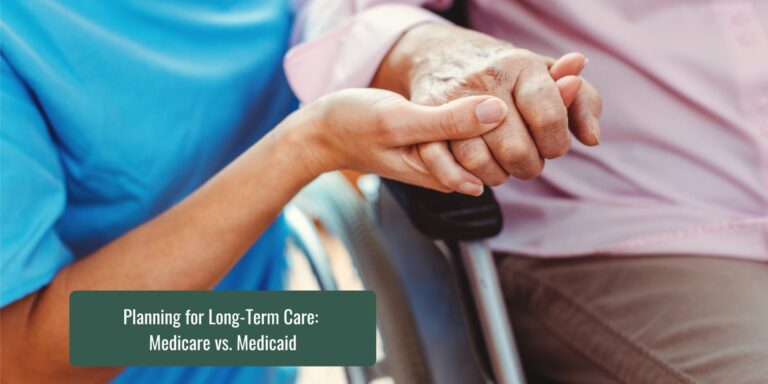Retirees have been hearing a steady drumbeat of warnings about the threat of high long-term health care expenses. Many articles about long-term care discuss strategies from the perspective of retirees who eventually might need care near the end of their lives. These articles encourage retirees to take responsible steps to pay and arrange for care, so they won’t be a burden on their families or society.
And indeed, that’s a necessary and noble goal.
Turn the issue on its head, however, and consider the caregiver’s perspective: You could be doing everything right regarding your own finances — and then have your plans derailed by the needs of a family member, such as a parent or sibling, who didn’t plan ahead.
A recent study by the Transamerica Institute found that care-giving is risky business for those who step in to help an aging parent or relative. Here are some telling statistics from the study about the potential strains on caregivers:
- Fifty-two percent are working full or part time. Of these working caregivers, more than three-fourths report making some type of an adjustment to their employment — using sick time or vacation days, working fewer hours or quitting their jobs or retiring. More than one-fourth of working caregivers’ employers have reacted negatively to the workers’ caregiving responsibilities.
- Caregivers spend a median of $150 per month to cover expenses for the recipient. Almost half of all caregivers (43 percent) say they’re “just getting by” with their finances.
- More than half (56 percent) say their own health is taking a back seat to the health of their recipient.
Caregivers also report being unprepared for their roles. Almost half (49 percent) of caregivers perform medical- or nursing-related tasks, but only about half of these caregivers learned how to carry out these tasks from hospital or doctor staff.
“Many caregivers are in need of formal training to perform their caregiving duties, especially those involved in medical- or nursing-related tasks,” said Hector De La Torre, executive director of Transamerica Center for Health Studies. “Without adequate training, they are putting both the care recipient and themselves in harm’s way.”
A recent study by Merrill Lynch and Age Wave confirms the challenges caregivers face, finding that 20 million Americans became unpaid caregivers during 2016. Of them, 30 percent cut back on their living expenses, 24 percent had trouble paying their bills, 21 percent dipped into their savings and 18 percent couldn’t contribute to other expenses or savings.
As if these strains aren’t enough, two recent lawsuits show that responsibility for paying for long-term care can spread beyond the individuals who need care or their spouses. One ruling determined that a man was responsible to pay for his mother’s outstanding debt to a nursing home. Another ruled that all siblings could be responsible to pay for a parent’s care.
And speaking of costs, Genworth recently released its “2017 Annual Cost of Care Survey,” which shows that long-term care costs continue to rise. The survey reports the following median nationwide rates:
- Home health aide services: $21.50/hour
- Homemaker services: $21/hour
- Adult day health care services: $70/day
- Assisted living facilities: $3,750/month
- Semi-private room nursing home care: $7,148/month
- Private room nursing home care: $8,121/month
While all of this might seem depressing, that’s no reason to ignore your better judgement and not plan ahead. As you’re preparing for retirement, you’ll want to incorporate strategies to cover the cost of long-term care for yourself and spouse, if you’re married. This can include buying long-term care insurance and setting aside assets or holding home equity in reserve to pay for care.
In addition, noted Cynthia Hutchins, director of Financial Gerontology for Merrill Lynch Wealth Management, “Make sure to review and update relevant legal documents, including a will, an advance medical directive, a durable power of attorney (which designates someone to make legal and financial decisions) and a health care proxy (transferring legal authority for medical decisions).”
If you’re a potential caregiver, you’ll want to factor the financial stresses into your own retirement planning. You’ll also want to learn about all the resources available should you need help. For example, your local Area Agency on Aging or senior citizen center can help you navigate the various community and government resources.
For most people, taking care of older relatives and friends is simply the right thing to do, regardless of the serious challenges. The Merrill Lynch/Age Wave survey provides confirmation: 65 percent of caregivers say it has brought meaning and purpose into their life, and 77 percent say they would gladly take on being a caregiver again. An overwhelming number — more than 90 percent — said they were grateful to provide care.
@2017 Steve Vernon
Source: https://www.cbsnews.com/news/long-term-health-care-costs-retirees-caregivers/




